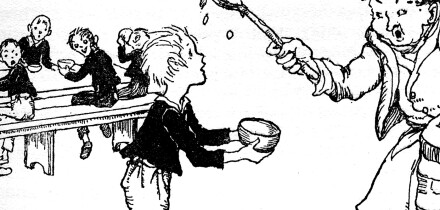In common with many currencies, the Mexican peso used to be pegged to the dollar. This peg was catastrophically broken in the currency crisis of early 1995, when the currency devalued to just 40% of its original value in six months. The Mexican central bank currently operates what is known as a dirty float policy, adjusting interest rates and selling U.S. dollar reserves when necessary to defend the currency in order to keep the exchange rate roughly constant.
Pegging an exchange rate is a risky business. The major economic factors which can bring pressure to bear on the rate are:
Interest rate/inflation differentials in currencies which suffer periodic crashes almost always have rising inflation and insufficient interest rate differentials. Interestingly, the interest rate differentials will mean the forex forwards persistently predict devaluation.
External deficits/portfolio flows in for example, capital outflows or unsustainable current account/GDP ratios.
Any serious economic imbalance can ensure that some or all of these factors become overwhelming, and all that intervention can do is mitigate the worst effects of the crash.
The events leading to the 1994-95 crisis are more complex than can be modelled by any one of these simple factors. A combination of disasters including the assassination of a political party leader, an earthquake and a peasants revolt caused a capital flight from the country. Subsequent speculative attacks on the currency caused the crash when the central bank ran out of reserves to defend it. Interest rate and inflation differentials also contributed to the event.
CURRENCY FORWARDS IN THE PESO
The capacity of the peso to suddenly and violently devalue means there is great interest in hedging the exchange rate. The simplest hedging instrument is of course a forward. However, higher Mexican interest rates coupled with little currency movement mean the forward rates available for the peso are consistently too high. Thus the many investors who used forward rates to hedge against a depreciation in the peso have found it to be a costly strategy. For example, over the last two years, a rolling one-month forward hedge would have cost nearly 45% of the face value of the forward.
However, some kind of hedging strategy against peso depreciation is essential. The main problem with using the forward rate as a hedge is that it is a binding contract. That is, it does protect against large losses in the case of a sudden depreciation but if the spot rate is more favourable than the forward rate when the contract matures then no advantage can be taken of this fact.
HEDGING THE PESO WITH OPTIONS
An alternative hedge can be achieved by buying U.S. dollar call options. A call option struck at the forward rate offers exactly the same protection as the forward contract on the downside but, because it is only an option, it does not have to be exercised if the spot rate is more favourable at maturity.
Figure 1 shows the accumulated return from a rolling one-month U.S. dollar call option hedging strategy superimposed on the return from the forward hedge. There was no active peso options market before Jan 1995, so option premiums prior to this date have been estimated by modelling implied volatility as historical volatility plus a spread. This model holds well for all available peso option premiums.
Over the last two years the U.S. dollar call option can be seen to cost only 25% of the dollar face value of the option, compared with a 45% loss using the forward. Apart from the option premium, a call option offers exactly the same protection against a sudden devaluation of the peso as the forward rate. The option has the added benefit of allowing the use of the spot market if that is preferable at maturity. The cost of this flexibility is the option premium which is always incurred whether or not the option is exercised.
The option strategy therefore cannot lose more than the premium but will not return as much as the forward if the peso does depreciate suddenly. However, significant devaluations occur infrequently. Therefore, as figure 1 shows, the average cost of paying the option premium is significantly less than the average cost of using a forward contract and being excluded from the spot market. Although forward contracts often look attractive because they are initially zero cost, for the peso it seems that it is well worth paying the option premium.
This week's Learning Curve was written by Jessica James and Mark Thomas of First Chicago NBD's strategic risk management group in London with grateful thanks to Stewart Newnham.






